Gluten-Free Diet: Benefits & Foods for a Healthier You
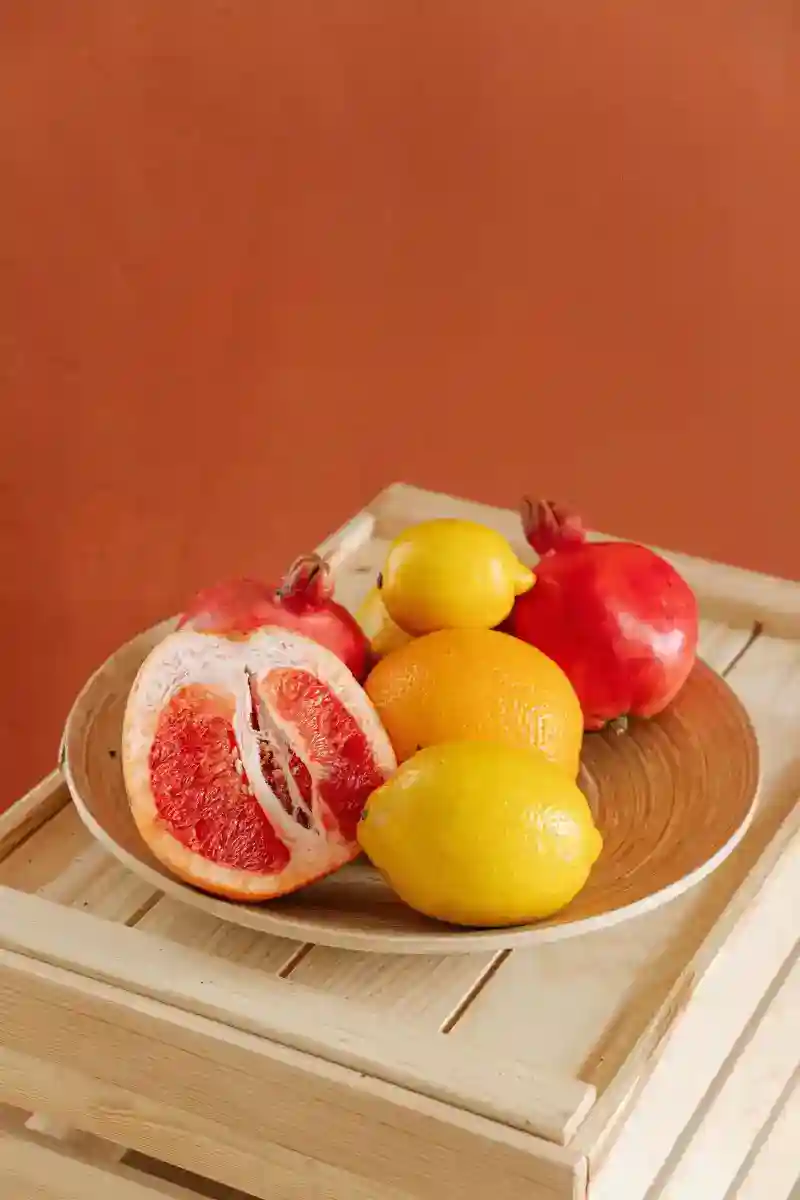
Whats the Secret to a Balanced GlutenFree Diet for Celiac Disease Sufferers?
If youve been hearing a lot about gluten-free diets lately youre not alone. Its more than just a trend for those with celiac disease its a necessity. Celiac disease is an autoimmune disorder that causes the immune system to react to gluten a protein found in wheat barley and rye. The reaction causes inflammation in the small intestine and can lead to malabsorption of nutrients. A gluten-free diet is the only treatment for celiac disease and its crucial for managing the condition.
But its not just about cutting out bread and pasta its about being mindful of all the foods you eat and the ingredients they contain. Gluten can be found in unexpected places, from sauces and seasonings to some ice creams and even certain medications. Registered dietitian anna taylor explains that a gluten-free diet requires careful planning and attention to detail. Its not just about avoiding certain foods but also making sure youre getting enough nutrients. Fortunately there are plenty of delicious and nutritious gluten-free options available. Is it possible to have a balanced and varied diet while managing celiac disease?.
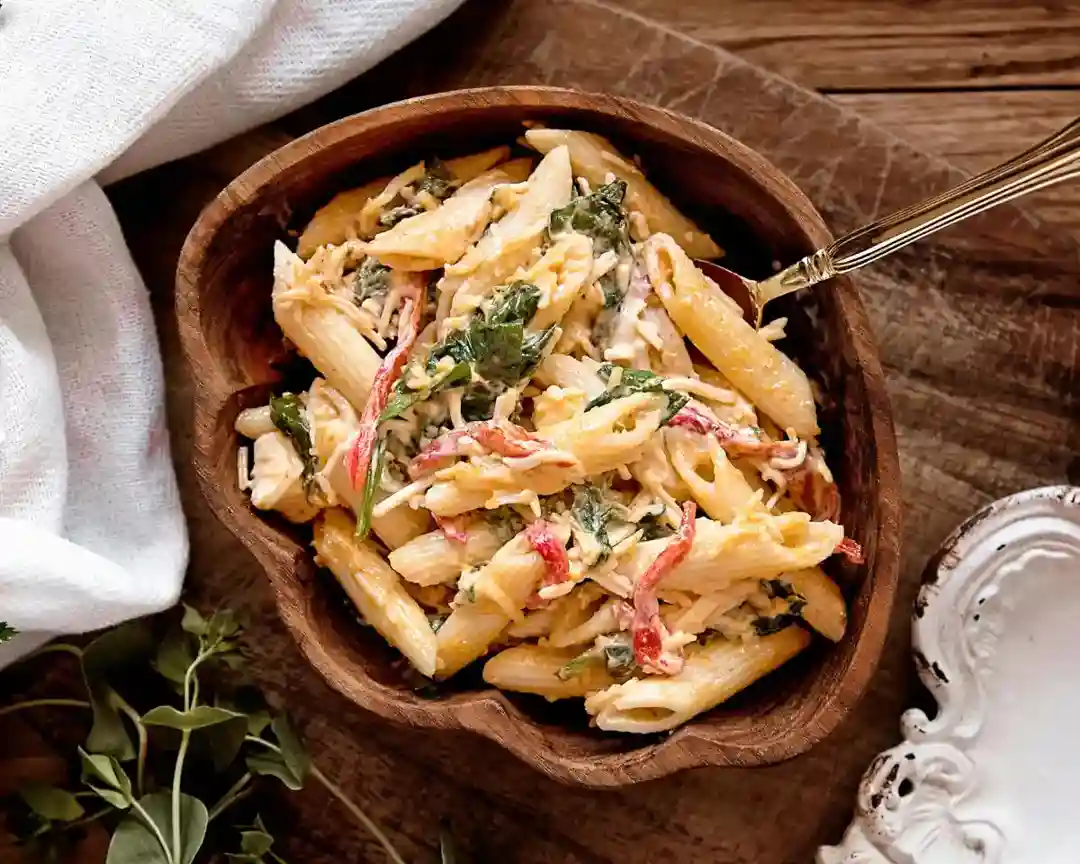
What are the Best GlutenFree Foods to Eat on a Balanced Diet?
If youre considering a gluten-free diet its crucial to understand that youll need to eliminate foods containing gluten - a protein found in wheat rye and barley. This means saying goodbye to flour and certain pasta and grains. However its not all about what you cant eat but rather focusing on the abundance of delicious gluten-free food available.
It is recommended that your meals revolve around whole foods that are naturally gluten-free such as fruits vegetables meat fish poultry eggs beans nuts seeds oils dairy and gluten-free grains like quinoa rice and corn. According to taylor a great way to approach this is by making a list of all the gluten-free foods you already love and then identifying the gluten-containing foods you might miss. This is where specialty gluten-free products come in designed to fill those gaps.
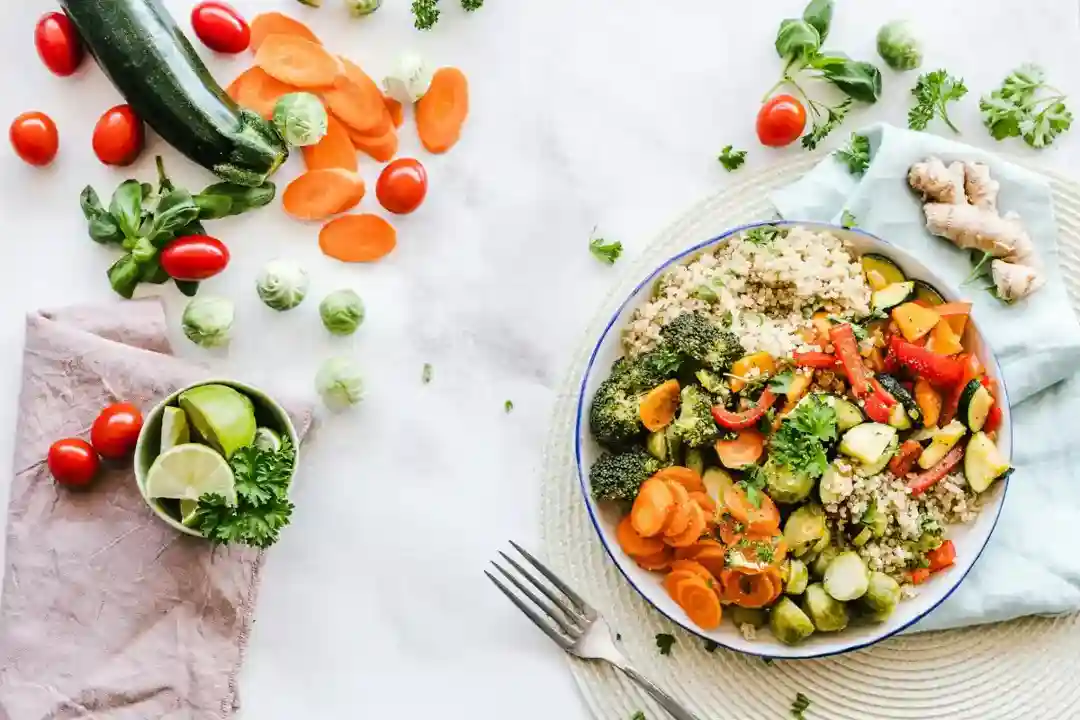
How to Eat a Balanced GlutenFree Diet When You Have Celiac Disease
If youve been diagnosed with celiac disease your healthcare provider likely informed you that youll need to follow a strict and lifelong gluten-free diet. This means avoiding all foods that contain or have come into contact with wheat barley or rye ingredients. You need to be very careful to avoid gluten because when you have celiac disease ingesting even small amounts can trigger an autoimmune response in your body that can damage your intestinal lining.
The damage can lead to a variety of symptoms that can affect your overall health so its important that you understand how to follow a gluten-free diet. Some people may have a gluten sensitivity or intolerance while others may be allergic to wheat and need to avoid foods that have wheat. For some people avoiding gluten can be a lifestyle choice. There are claims that eating gluten-free can aid in weight loss and increase energy but more research is needed to fully understand the role gluten plays in our bodies if you dont have celiac disease.
Eating gluten-free may also lead to nutritional deficiencies in certain minerals and vitamins like fiber iron and calcium for those who dont have a medical condition that requires them to avoid gluten. Many gluten-free products are higher in calories lower in fiber or higher in fat or sugar to compensate for the lack of gluten which helps to make grain products tender. A gluten-free diet will definitely take some adjusting to, but it isnt a sentence to a life without bread, pasta or other foods you love, explains taylor. Thanks to the many gluten-free products and recipes readily available today its possible to follow a gluten-free diet and still enjoy many of your favorite foods. It just requires some extra effort and care..
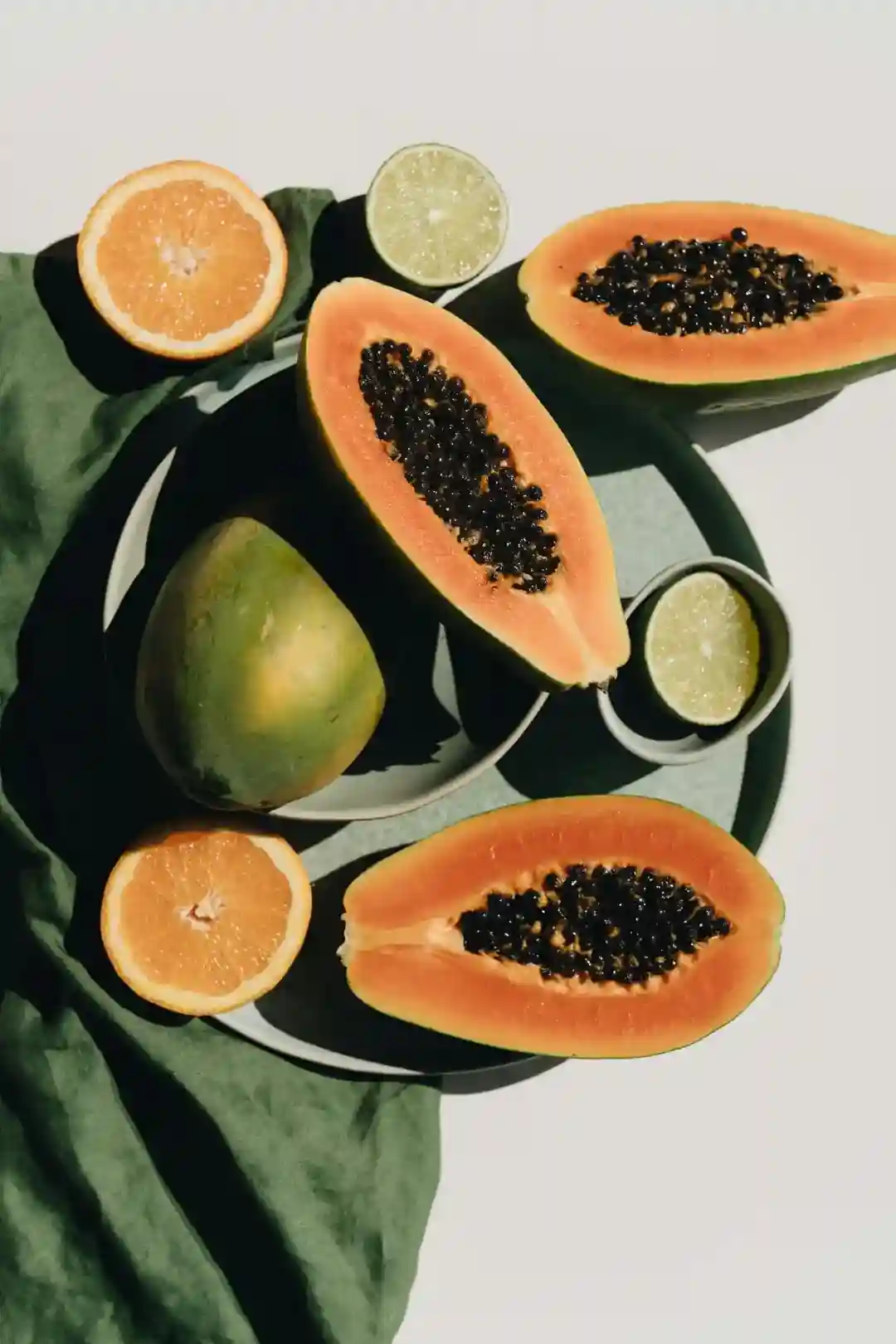
How to Successfully Navigate a GlutenFree Diet and Enjoy a Healthier Lifestyle
When it comes to starting a gluten-free diet the key is to avoid foods and ingredients that contain gluten. This means youll need to steer clear of ingredients like barley bulgur couscous and wheat as well as products that may or may not contain gluten such as brown rice syrup and hydrolyzed vegetable proteins.
In addition its important to be mindful of products that might contain unexpected gluten such as breading broth and salad dressings. By carefully checking food labels and scrutinizing every ingredient you can successfully navigate the gluten-free diet and enjoy a healthier and more balanced lifestyle.

How to Navigate Hidden Gluten in Your Kitchen: A Guide to a Balanced GlutenFree Diet
In the realm of a gluten-free diet its essential to be mindful of certain ingredients that could potentially contain gluten. One such ingredient is starch which is often found in various forms such as pregelatinized starch or flour. These forms of starch can be present in a variety of products from everyday items like playdough to food items like processed meats and sauces.
Playdough for instance is a common household item that may contain gluten due to the presence of wheat flour. Its crucial to wash your hands after using play dough to avoid accidental gluten exposure. Similarly processed meats like deli meats salami bologna hot dogs and lunch meats may also contain gluten as a binding agent or filler. These products often use wheat flour or pregelatinized starch to enhance their texture and shelf life. The roux a mixture of flour and fat used as a thickener in many recipes is another potential source of gluten.
When preparing sauces and gravies its important to choose gluten-free flours or starches to avoid contamination. Thickeners whether theyre cornstarch tapioca flour or potato starch must also be gluten-free to ensure the dish remains safe for those following a gluten-free diet. Lastly veggie burgers can sometimes contain gluten due to the use of wheat flour or other gluten-containing ingredients as binders.
When shopping for veggie burgers always check the ingredient list for gluten-free options or choose to make your own using gluten-free ingredients. Remember maintaining a gluten-free diet requires constant vigilance and awareness of the ingredients used in various products. By being mindful of these potential sources of gluten you can ensure a safe and healthy gluten-free lifestyle.

'Exploring the GlutenFree Landscape: A Balanced Diet for the Modern Celiac'
For those on a gluten-free diet the array of food options may seem daunting but dont worry for theres a wealth of delicious and nutritious choices available. As a starting point all fruits vegetables legumes nuts seeds oils meat seafood eggs poultry and dairy products are naturally gluten-free in their raw forms. Nevertheless if these foods have been processed or have had additives flavors or other ingredients added to them they may not be safe for consumption.
When it comes to grains theres a veritable cornucopia of gluten-free options. Amaranth arrowroot buckwheat corn millet potatoes quinoa rice sago flour sorghum tapioca teff and wild rice are all green-lighted on a gluten-free diet. And, as a bonus, oats are naturally gluten-free and a great source of vitamins, minerals, and fiber that might otherwise be lacking in a gluten-free diet. Just be sure to look for a certified gluten-free label as oats are often grown processed or stored near wheat or other products that contain wheat.

'Mastering the GlutenFree Diet: Tips for a Balanced and Delicious Lifestyle'
Embarking on a gluten-free diet can be challenging but with the right strategies youll be well on your way to a healthier gluten-free lifestyle. Firstly plan your meals for the week and write down the ingredients you need. This will help you find gluten-free recipes and avoid last-minute trips to the grocery store. Next look for substitutes for ingredients that contain gluten. So for example you can use gluten-free flours or alternative grain flours instead of wheat flour for baking. Chickpea pasta brown rice pasta or quinoa pasta are great alternatives to regular semolina pasta.
When it comes to storage its crucial to keep your gluten-free items separate from gluten-containing foods to avoid cross-contamination. Set up a designated area for your gluten-free items and use separate utensils for cooking and baking with gluten-free ingredients. For instance toast your gluten-free bread in a dedicated toaster to prevent crumbs from contaminating it. Similarly use a separate knife for spreading peanut butter on your gluten-free bread to avoid cross contamination.
Likewise its important to communicate with your family and friends about your decision to go gluten-free. He said theyll be more likely to choose restaurants with gluten-free options and ensure there are gluten-free dishes at meals and celebrations. Remember transitioning to a gluten-free diet takes time and patience. You can start by replacing obvious gluten-containing grain products with naturally gluten-free grains. Experiment with different gluten-free recipes read ingredients lists on condiments and try a few specialty gluten-free products to find items you enjoy. It may take a few weeks to fully adapt but with these tips youll be well on your way to a successful gluten-free diet.

'Balancing Act: How to Eat Healthy on a GlutenFree Diet'
When it comes to shopping for gluten-free foods youre not limited to specialty stores. Most national and regional grocery chains stock a variety of gluten-free packaged and convenience foods. These items can often be found in a special aisle or section but they are also commonly placed alongside other foods on the shelf. If you have access to health food stores youll typically find an even greater variety of gluten-free items. However its crucial to remember that gluten-free doesnt automatically mean healthy.
Processed gluten-free foods such as breads and sweets can still be high in fat sugar and sodium and low in fiber. Whats the best way to make healthy choices at the grocery store?. First, shop mostly in the perimeter of the store, where youll typically find nutritious foods like fruits, vegetables, meat, fish, poultry, and dairy products. When choosing packaged gluten-free foods look for items made from whole grains such as brown rice or quinoa instead of white rice or corn flour.
Always check the ingredient list to ensure there are no red-flag ingredients. Make fruits, vegetables, beans, and lean protein your go-to choices, and load up your gluten-free pizza or pasta dishes with these nutritious options. Be cautious of gluten-free frozen meals, as they can be loaded with sodium, and save gluten-free specialty products, snacks, and desserts for special occasions.
Many of these items are not only pricey but also often lack fiber protein vitamins and minerals making them a potential source of excess calories that could lead to weight gain. Instead focus on fruits and vegetables between meals.

How to Navigate the GlutenFree Dining Landscape: Tips for a Balanced and Delicious Diet
In the world of dining out the gluten-free diner is often faced with a myriad of challenges. The first step in navigating this culinary minefield is to prepare ahead of time. Start by calling the restaurant you plan to visit to see if they are able to safely prepare your food without gluten and without risk of cross contamination. Then check out the menu online and make a mental note of dishes that sound good to you. If youre gluten-free because of celiac disease when you go to the restaurant tell your server that you cant be exposed to gluten.
Its important to be strong. Some people might say i have celiac disease so i cant eat foods that contain or have come in contact with wheat barley rye or oats unless oats are certified gluten-free or else ill get very sick. Dont be afraid to ask questions. Even a little bit of gluten contamination could make you sick so its best to be safe than sorry. When selecting items from the menu there are a few things to remember. Salads should be ordered without croutons as they cannot come in contact with your salad. Some salad dressings contain flour as a thickener so ask your server about the ingredients. You can ask for just olive oil and balsamic vinegar as a safe bet. Soups are often thickened with flour so ask your server. Make sure you choose grilled meats instead of fried and ask what the meat has been marinated in.
Veggie burgers and other meat substitutes are often made with fillers that contain gluten. Check with the server. Avoid anything fried like french fries onion rings or tortilla chips unless the restaurant has a separate fryer dedicated to gluten-free foods. Distilled alcoholic beverages such as gin rum vodka and wine are safe on a gluten-free diet. The majority of wine coolers beer ales and lagers unless theyre specified as gluten-free do contain gluten because they were fermented from gluten-containing grains.
Avoid dishes that have these words in their name or description which suggest they contain wheat au gratin bechamel cordon bleu encrusted farfel fricassee fritter gnocchi meuniere pan gravy raspings roux scallopini soy or teriyaki sauce tempura velout. Still feeling overwhelmed?. Keep in mind that youre not alone. If you are having trouble navigating a gluten-free diet seek out a dietitian in your area who can help you identify healthy gluten-free foods develop meal plans and make sure all your nutritional needs are being met.
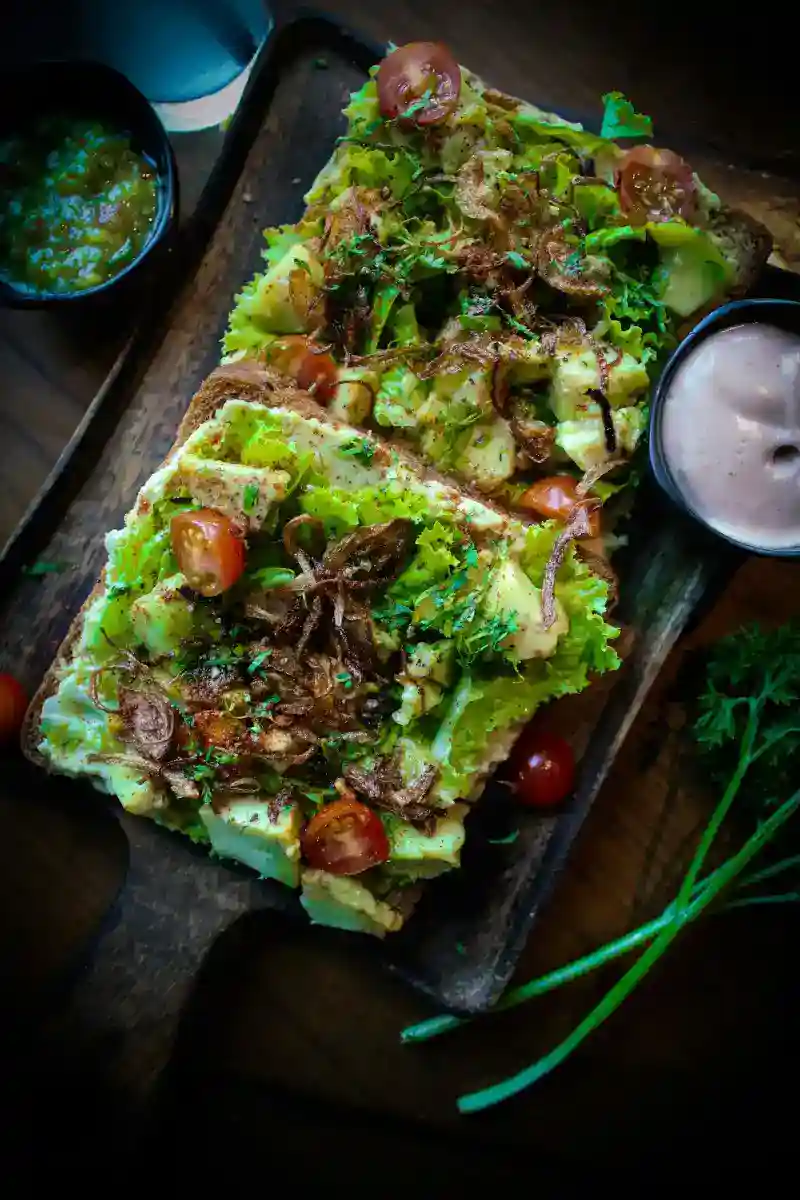
How to Prepare Delicious GlutenFree Yorkshire Puddings for a Balanced Diet?
Gluten-free yorkshire puddings are a delightful twist on the traditional recipe substituting gluten-free flour for plain flour to retain the characteristic puff and golden colour. This recipe is not only easy to make but also caters to those following a gluten-free diet making it a healthy and nut-free vegetarian option. The nutritional content of these puddings is quite impressive, with each large pudding containing only 188 kcal, 9g of fat, 2g of saturates, 21g of carbs, and low in sugars with 2g. Fibre content is minimal at 0.2g, but protein is a decent 5g, and salt content is low at 0.19g.
This gluten-free yorkshire pudding recipe requires 200g of gluten-free plain flour 3 eggs 175ml of semi-skimmed milk and a bit of sunflower oil for drizzling. The method is straightforward: whisk the flour, eggs, and salt together, then gradually add the milk until smooth. Let it stand before you cook it. Lightly grease two 12-hole non-stick muffin tins and pour the batter into the holes. Bake undisturbed for 15-25 minutes until puffed and browned, then serve immediately.